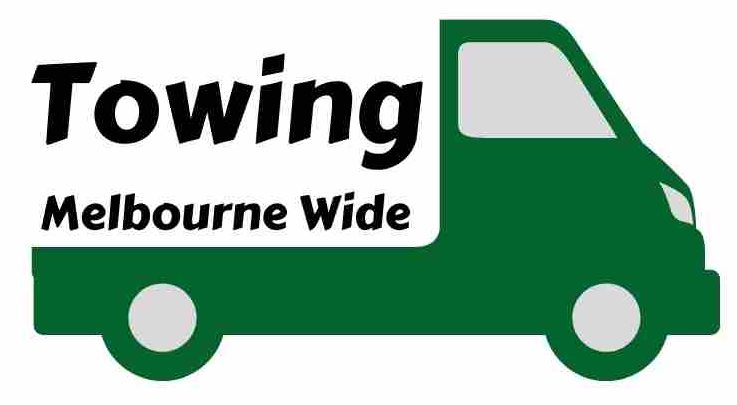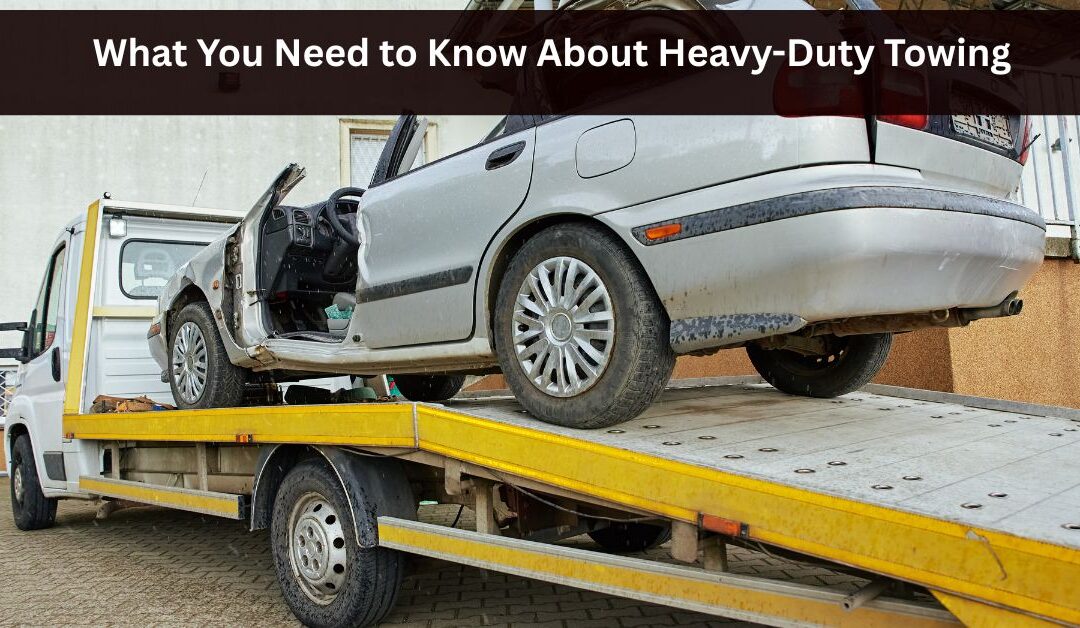Heavy-duty towing plays a critical role in transporting large vehicles and equipment that regular tow trucks can’t handle. This includes commercial trucks, buses, RVs, and large machinery. The complexity of heavy-duty towing requires specialized equipment, skilled operators, and careful planning. In this article, we’ll explore the key aspects of heavy-duty towing, including the equipment used, the process, and the considerations to keep in mind.
The Basics of Heavy-Duty Towing
Heavy-duty towing is a service designed for moving large vehicles or heavy equipment that exceeds the size and weight capacity of regular towing services. Unlike standard towing, which deals primarily with passenger vehicles, heavy-duty towing handles commercial vehicles, construction machinery, buses, and other oversized loads. These vehicles often require special equipment and techniques to ensure they are safely transported without damage or risk to the surrounding environment. The process is more complex, involving route planning, coordination with local authorities, and the use of powerful tow trucks equipped with advanced technology.
Specialized Equipment for Heavy-Duty Towing
The equipment used in heavy-duty towing is much larger and more robust than what is used for standard towing. Heavy-duty tow trucks, which come in various types, are designed to handle the substantial weight and size of large vehicles. One common type is the integrated tow truck, which has the towing mechanism built directly into the truck’s chassis. This makes it versatile and capable of towing large vehicles from the front or rear. Another essential piece of equipment is the lowboy trailer, often used for transporting machinery with low ground clearance, such as bulldozers or excavators. For even more precision and flexibility, some heavy-duty tow trucks feature a rotator crane, allowing the vehicle to be rotated during loading or unloading.
Securing Large Vehicles for Safe Transport
Securing the load during heavy-duty towing is one of the most critical aspects of the process. The larger and heavier the vehicle being towed, the more important it is to ensure it remains stable throughout the journey. Tow truck operators use heavy-duty straps, chains, and binders to secure vehicles to prevent them from shifting. Proper weight distribution is also essential to avoid instability. This requires a thorough understanding of the vehicle’s dimensions and weight to ensure it is balanced correctly on the tow truck or trailer. Additionally, operators take great care to protect the vehicle from any damage during loading, transport, and unloading.
The Towing Process: From Start to Finish
The heavy-duty towing process is divided into several stages to ensure safety and efficiency. It starts with an initial assessment, where the tow truck operator evaluates the vehicle to be towed, checks for any obstacles, and plans the best approach for loading. Route planning is the next crucial step, where the operator determines the best path, accounting for road clearance, weight limits, and any necessary permits for oversized loads. Once everything is in place, the vehicle is carefully loaded onto the tow truck or trailer. The actual towing phase involves transporting the vehicle safely to its destination, while the operator continually monitors the stability of the load. Finally, the unloading process requires careful precision to ensure the vehicle is placed securely at its new location.
Legal Considerations and Permits
Heavy-duty towing is governed by strict legal regulations. Depending on the size and weight of the load, permits may be required to ensure compliance with local and state laws. These permits ensure that oversized vehicles are transported safely without disrupting traffic or damaging infrastructure. In some cases, towing companies may need to coordinate with local authorities to arrange for police escorts or to ensure proper road closures or diversions. It’s essential to follow these legal requirements to avoid fines and ensure the safety of both the vehicle and other road users.
Conclusion
Heavy-duty towing is an intricate and highly specialized service that requires the right equipment, careful planning, and expert knowledge. Whether you’re towing a large commercial vehicle, construction equipment, or an oversized load, it’s essential to rely on professionals who understand the complexities involved in transporting such items safely. By choosing a reputable towing company that uses specialized equipment and adheres to legal regulations, you can ensure that your heavy-duty towing needs are met with minimal risk and maximum efficiency.
Contact us
Towing Melbourne Wide
4/10 Auburn Grove
Hawthorn East VIC 3123
(03) 9956 1908


Recent Comments